Year 3, Lesson 3.2: Reflecting on Responsibility and Role models
Unit Learning Goal
Students will reflect on how individuals and organizations express values through work, activism, and mission, and explore how role models, responsibility, and dilemmas influence their own path toward meaningful contribution and good citizenship.
Lesson Goal
Students will be able to engage in reflection about challenging social issues, identify role models who inspire thoughtful action, and consider how reflection can guide decision-making in complex situations.
Assessment
Monitor participation in discussions and group activities for evidence of thoughtful reflection and connection to role models.
Analyze Exit Ticket responses for depth of reflection and role model reasoning.
CASEL Alignment
Self-Awareness, Social Awareness, Responsible Decision-Making, Relationship Skills
Portfolio Documentation
Resources
Oil Spill Justice-Oriented Citizenship Dilemma
Underfunded Schools Justice-Oriented Citizenship Dilemma
Paper or online polling tool (optional for opener)
Prerequisites
None
Total Time
45 minutes
Instructions
-
Briefly remind students:
Reflection is about slowing down to carefully think through values, options, and consequences.
Role Models are individuals we look to for inspiration on how to do good work with excellence, ethics, and engagement.
Throughout today’s lesson, students will reflect on dilemmas and think about how role models might influence decision-making.
1. Opener: Quick Reflection on Role Models [5 minutes]
Ask students to Think-Pair-Share:
“Think of someone you admire for how they handle difficult situations. What makes them a role model for you?”
“If you’re unable to think of someone you admire, think of someone you don’t admire for how they handled a difficult situation. What did they do, and what might you have done differently?
OPTIONAL: Collect responses via Mentimeter or Slido to create a word cloud of admired (or cautionary) traits.
2. Issue Scenarios and Silent Reflection [10 minutes]
Present both issue scenarios:
Oil Spill Dilemma: An oil tanker spills thousands of barrels of oil near your home. What might you do to address this issue, given your current life and resources?
Underfunded Schools Dilemma: Nearby public schools lack basic resources, and students face fewer opportunities. What might you do to address this issue, given your current life and resources?
Ask students to silently choose one issue scenario to focus on.
Silent Writing (5 minutes):
Students quickly write their initial thoughts:
What do you think you might do in this situation?
What would make you feel confident and able to take this action? What feels challenging or complicated?
3. Small Group Reflection: Role Models and Choices [15 minutes]
Divide students into small groups (3–4 students).
Within groups, students discuss:
"If your role model faced this situation, how do you think they would respond?"
"Would your role model take action immediately? Would they reflect first? How might their values guide them?"
"What would you want to ask your role model if you could?"
Encourage groups to share different types of role models (real people, historical figures, fictional characters, family members, teachers, etc.).
4. Whole-Class Discussion: The Power of Reflection [10 minutes]
Lead a whole-class debrief using these prompts:
What kinds of traits or values showed up across different role models?
How can reflection help us act more thoughtfully in real-world situations?
Are there times when taking quick action might be important? When might slowing down and reflecting be more powerful?
OPTIONAL: Summarize key themes on the board (e.g., courage, humility, justice, patience).
5. Closing and Exit Ticket [5 minutes]
Ask students to answer the following on their Exit Ticket
“What’s one thing you learned during today’s discussion that you might use in your own decision-making going forward?”

